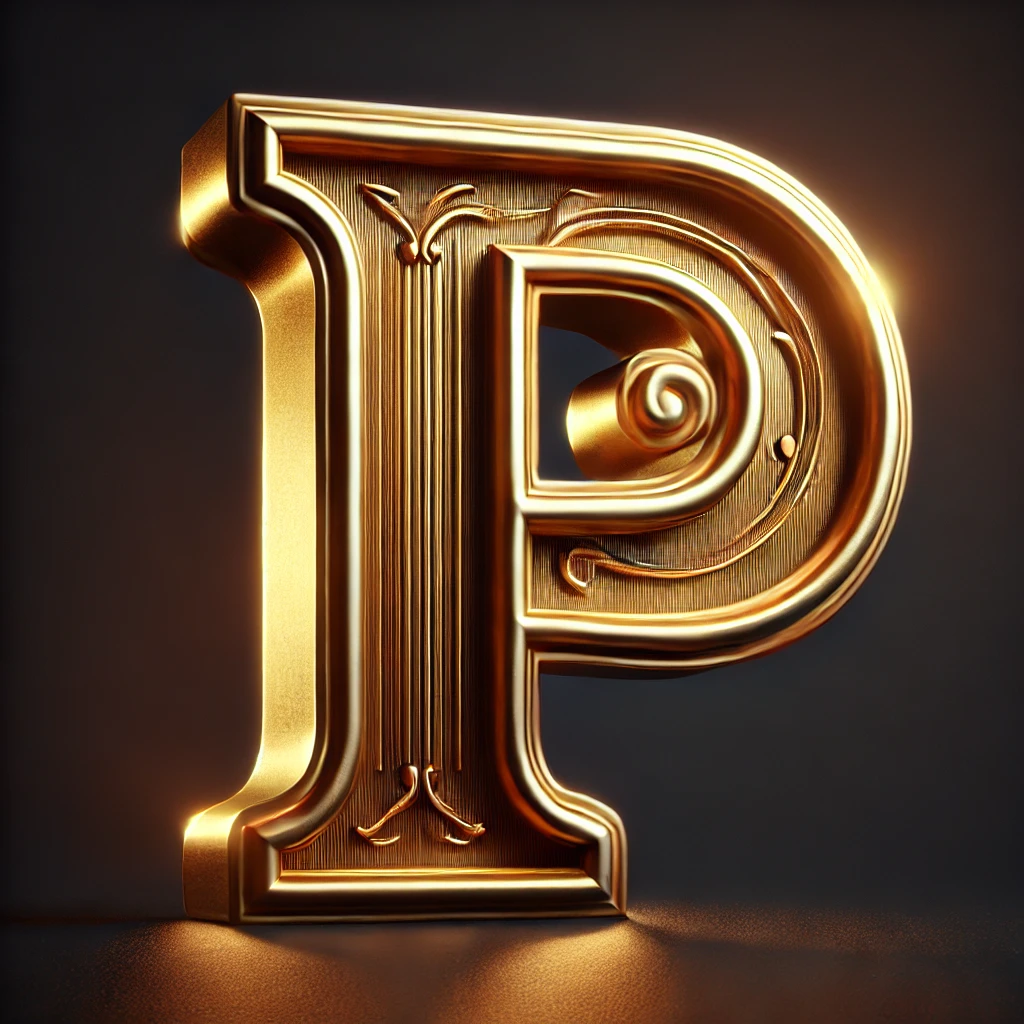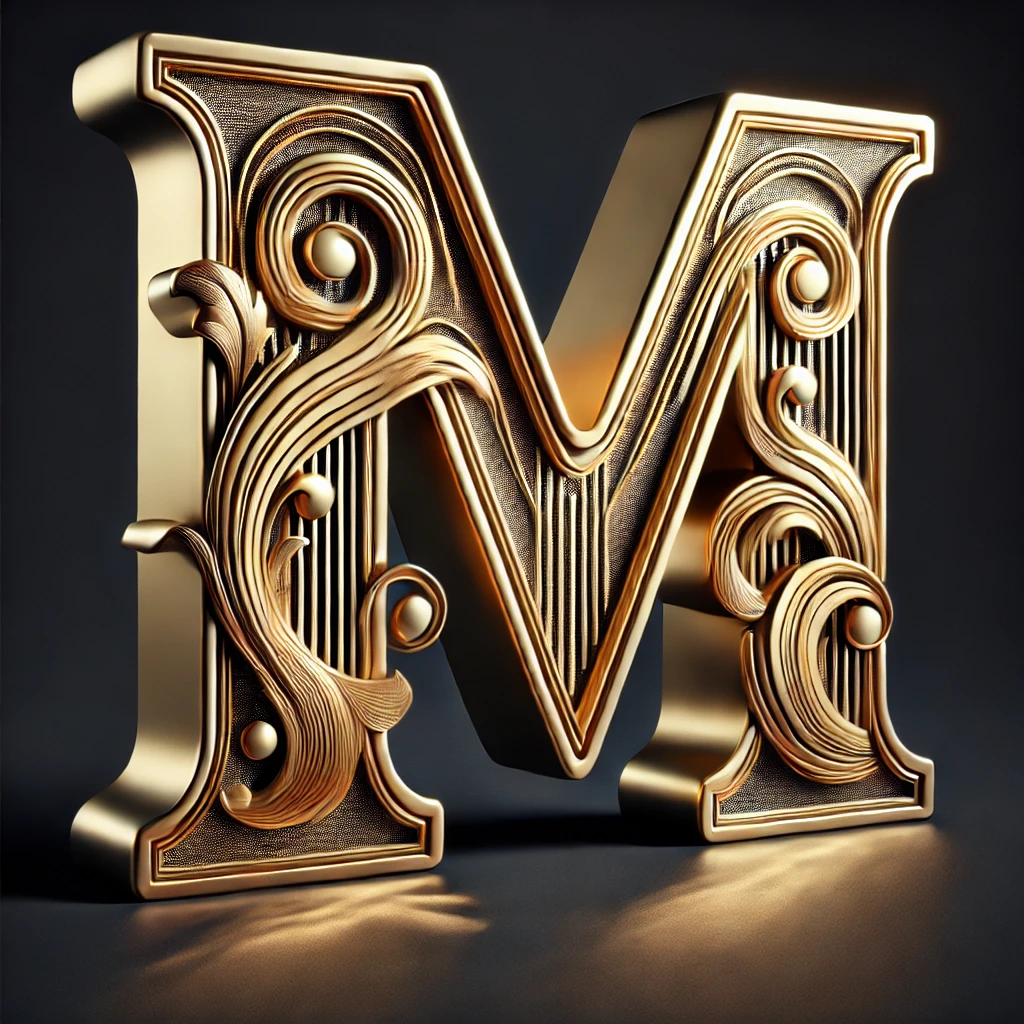
Musical Intrusmants
Musical Instruments: A Bridge from the Heart of History to the Future of Art
Introduction Music is the universal language of civilizations. From the earliest natural sounds to the most intricate melodies of today, musical instruments have played a crucial role in shaping cultures, rituals, and global artistry. Each instrument carries a story—its roots in history, the hands that crafted it, and the melodies it brings to life. At Art Gulf, we have curated a collection of unique, entirely( handmade )and (mastercrafted) musical instruments, preserving the legacy of civilizations while paving the way for the future of music.
This article explores different types of instruments, their historical significance, the oldest musical instruments in the world, and particularly the instruments rooted in Iran, Oman, Morocco, Egypt, China, India, and Italy. Finally, we discuss their value as both artistic and financial investments for collectors, musicians, and music scholars.
1.Main Categories of Musical Instruments:
Musical instruments are generally classified into four main categories:
1. String Instruments (Chordophones): Includes Tar, Setar, Oud, Kamancheh, Violin, Qanun, and Santur.
2. Percussion Instruments (Membranophones & Idiophones): Includes Tonbak, Daf, Tabla, and Bendir.
3. Wind Instruments (Aerophones): Includes Ney, Duduk, Sheng (China), Egyptian Nai, and Indian Shehnai.
4. Keyboard Instruments: Includes the Organ, Harpsichord, and Harmonium.
2. The Oldest Musical Instruments in the World:
1. Ancient Instruments and Their Origins
• Iran: Depictions of string instruments such as the Tar and Kamancheh have been discovered in ancient Persian paintings and seals from the Achaemenid and Parthian eras.
• Egypt: Ancient reliefs in Egyptian temples depict the Ney and Qanun, emphasizing their role in sacred and royal ceremonies.
• China: The Sheng, one of the oldest wind instruments, was crafted over 3,000 years ago.
• India: Instruments like the Sarod and Sitar are among the world’s oldest string instruments, still used in Indian classical music.
• Italy: Italy played a key role in the development of the Violin. Esteemed makers like Stradivarius in the 17th and 18th centuries crafted instruments that remain some of the most valuable in the world.
• Morocco & Oman: Various stringed and percussion instruments have deep connections to Berber and Arabic music traditions.
2. Instruments That Have Stood the Test of Time
• Oud: Originating from Mesopotamia, this versatile instrument inspired many string instruments across the world.
• Qanun: With a history of over 2,000 years, this instrument is central to Middle Eastern, Turkish, and North African music.
• Kamancheh: A bowed string instrument integral to Persian and Central Asian music.
• Santur: With Persian origins, this hammered dulcimer has influenced music from India to Greece and Europe.
• Violin: Emerging from Italy, the violin has become a fundamental instrument in both Western and Eastern classical music.
3. Prominent Musical Instruments by Country
1. Iran
• Tar: Made from mulberry wood and lambskin, known for its deep and expressive tone.
• Setar: A delicate instrument used in Persian Sufi music.
• Kamancheh: A crucial bowed string instrument in Persian music.
• Santur: A trapezoidal hammered dulcimer with 72 strings, producing a mesmerizing sound.
• Tonbak: The principal goblet drum of Persian music, known for its intricate techniques.
2. Oman
• Oud: Crafted from high-quality woods like rosewood and walnut, producing a distinctive sound.
• Omani Daf: A frame drum used in traditional and ceremonial music.
3. Morocco
• Guembri: A plucked string instrument used in Gnawa music.
• Bendir: A large frame drum integral to Moroccan folk music.
4. Egypt
• Egyptian Ney: A reed flute that holds a significant place in Arabic classical music.
• Qanun: A key instrument in Arabic and Middle Eastern classical traditions.
5. China
• Sheng: One of the earliest known wind instruments, still played in traditional Chinese music.
• Guzheng: A zither-like instrument, similar to the Qanun but played with unique techniques. 6. India
• Sitar: A fundamental instrument in Hindustani classical music, known for its unique resonant sound.
• Tabla: A percussion instrument used for intricate rhythmic patterns.
7. Italy
• Violin: First developed in 16th-century Italy, the violin remains one of the most prestigious instruments in global classical music.
4. The Value of Handmade Musical Instruments:
Handmade and mastercrafted instruments not only have great artistic value but also serve as highly valuable investments over time. Factors Affecting the Value of an Instrument.
• Material and craftsmanship (e.g., walnut, rosewood, and mulberry for instruments like the Tar and Oud).
• Handmade quality and artisan skill (Master luthiers often leave a signature or mark on high-end instruments).
• Historical significance and rarity (Antique and limited-edition instruments have increased value).
• Sound quality and international standards (Certain instruments are crafted for professional performances, enhancing their market value).
5. Musical Instruments as a Cultural Investment For Collectors Handmade instruments not only have cultural and historical significance but also appreciate in value over time, making them worthy additions to private collections and museums.
For Musicians and Artists Owning a handmade instrument means possessing a unique tool that offers an unparalleled sound and personal connection to the music.
For Scholars and Enthusiasts Understanding the history and philosophy behind these instruments deepens one’s appreciation and knowledge of music. Conclusion: Music is a bridge that connects the past to the future. Every instrument is an ambassador of civilization, continuing its journey through the hands of today’s artisans and musicians. At Art- Gulf.com, we have gathered a collection of exceptional, handmade musical instruments that are not just historical treasures but also investments in the future of music.
In our sales section, each of these mastercrafted instruments is available with detailed information, valuation, and pricing.
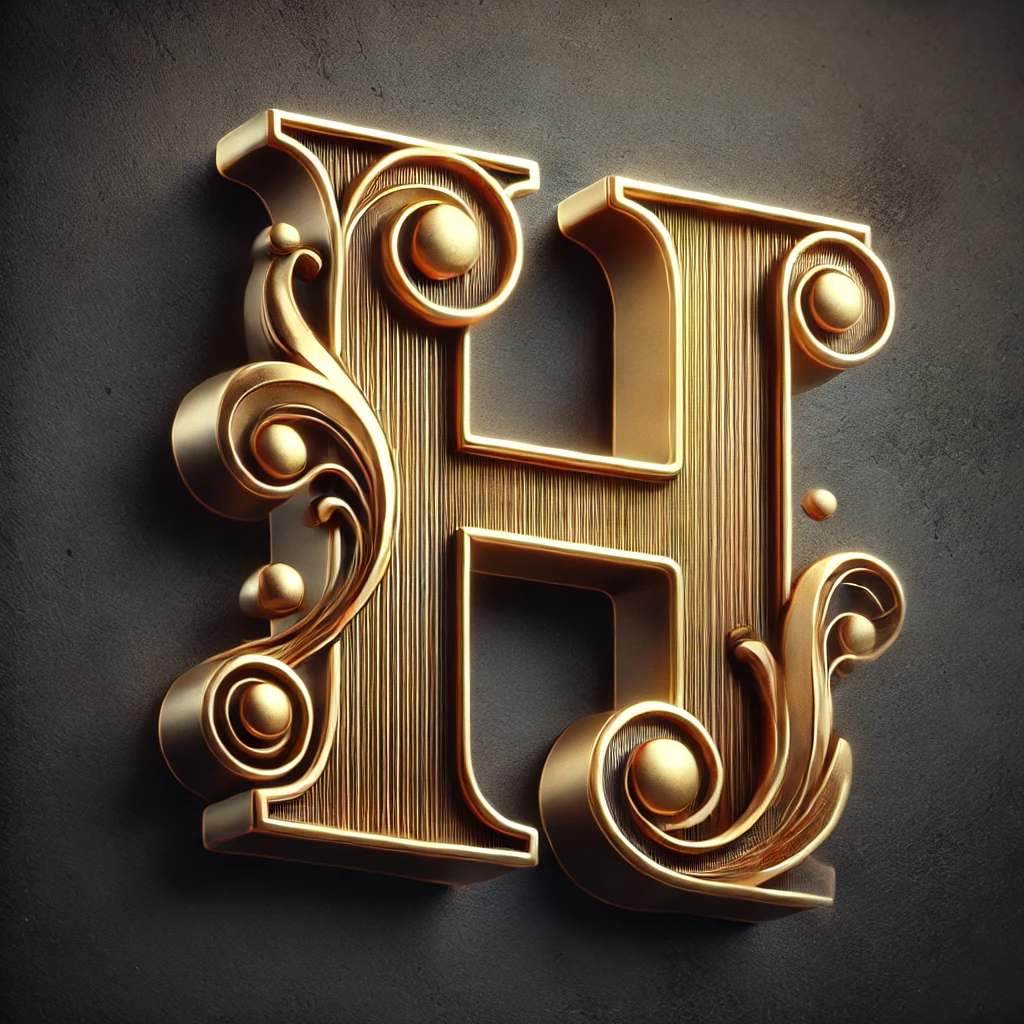
Handicrafts
Handicrafts: From the Heart of Ancient Civilizations to the Investment of the Future Introduction:
A Timeless Legacy in Our Hands Handicrafts are more than just artistic creations—they are reflections of the soul and identity of great civilizations, from Iran, Egypt, India, and China to Oman and Morocco. These ancient arts serve as a bridge between the past and the future, each piece telling a unique story of culture, civilization, and creativity. In today’s world, where mass production dominates, handicrafts hold their ground, not only for their artistic value but also for their economic and investment potential.
The Origins of Handicrafts in Human History The first signs of handicrafts date back to the Paleolithic era, around 30,000 to 40,000 years ago, when early humans used bones, wood, and stones for survival and artistic expression. However, the earliest documented artistic and handcrafted works belong to 10,000 to 12,000 years ago, when great civilizations like Sumer, Ancient Egypt, Persia, China, and India began creating remarkable and lasting artifacts.
The Oldest Handicraft Discoveries in the World:
1. Painted Pottery from Susa (Iran) – Around 8,000 years ago
2. Stone Seals from Mesopotamia – Over 7,000 years ago
3. Gold Jewelry and Gemstone Art from Ancient Egypt – 5,000 years ago
4. Chinese Silk Weaving – Over 4,500 years ago
5. Intricate Woven Fabrics from India – Over 4,000 years ago
6. Mosaic Pottery from Morocco and Oman – 3,000 years ago.
These discoveries highlight how handicrafts have always played a fundamental role in human civilization, serving not only practical purposes but also acting as cultural and artistic expressions of societies.
Handmade or a Living Art?
Today, terms like Handmade or Handicraft are commonly used to describe artisan products, yet these items are much more than just manually crafted objects. They carry the history, culture, and aesthetic philosophy of some of the greatest civilizations. Whether from Iran, Egypt, Morocco, Oman, India, or China, handicrafts reflect the artistic mastery and unique identity of their origins.
Why Handicrafts from Great Civilizations?
1. Authenticity and Unique Art: Handicrafts from civilizations such as Iran, Egypt, India, China, Oman, and Morocco are the result of thousands of years of craftsmanship, philosophy, and artistic excellence.
2. A Valuable Investment: Unlike mass-produced goods, handicrafts not only retain their value over time but often appreciate. Collectors and art investors recognize this market as both secure and promising.
3. The Uniqueness of Every Piece: Each handcrafted item is one-of-a-kind. Owning a miniature Susa pottery, an Indian woven textile, or a Moroccan rug means holding a tangible piece of history and heritage.
4. A Link to Civilizations: We are the ambassadors of the world’s ancient civilizations. Handicrafts serve as a universal language, connecting people through time and culture.
The Global Market and the Future of Handicrafts With the rising demand for sustainable and authentic art, handicrafts have attracted increasing attention from investors and collectors. While digital art and NFTs are on the rise, physical handicrafts remain irreplaceable, maintaining their strong position among galleries, collectors, and art enthusiasts. Today, purchasing handicrafts is not only an artistic choice but also a strategic financial investment.
Conclusion: A Bridge Between Art, Investment, and the Future We are witnessing a global return to authenticity. In a world that seeks deeper connections with history, art, and culture, handicrafts remain among the most valuable assets one can invest in. Whether you are a seasoned collector or an investor searching for a dynamic and appreciating market, handicrafts from the world’s greatest civilizations open the door to beauty, value, and timeless craftsmanship.
On our platform: Art-Gulf.com you will not only experience living art but also gain the opportunity to explore and invest in the eternal world of handicrafts.
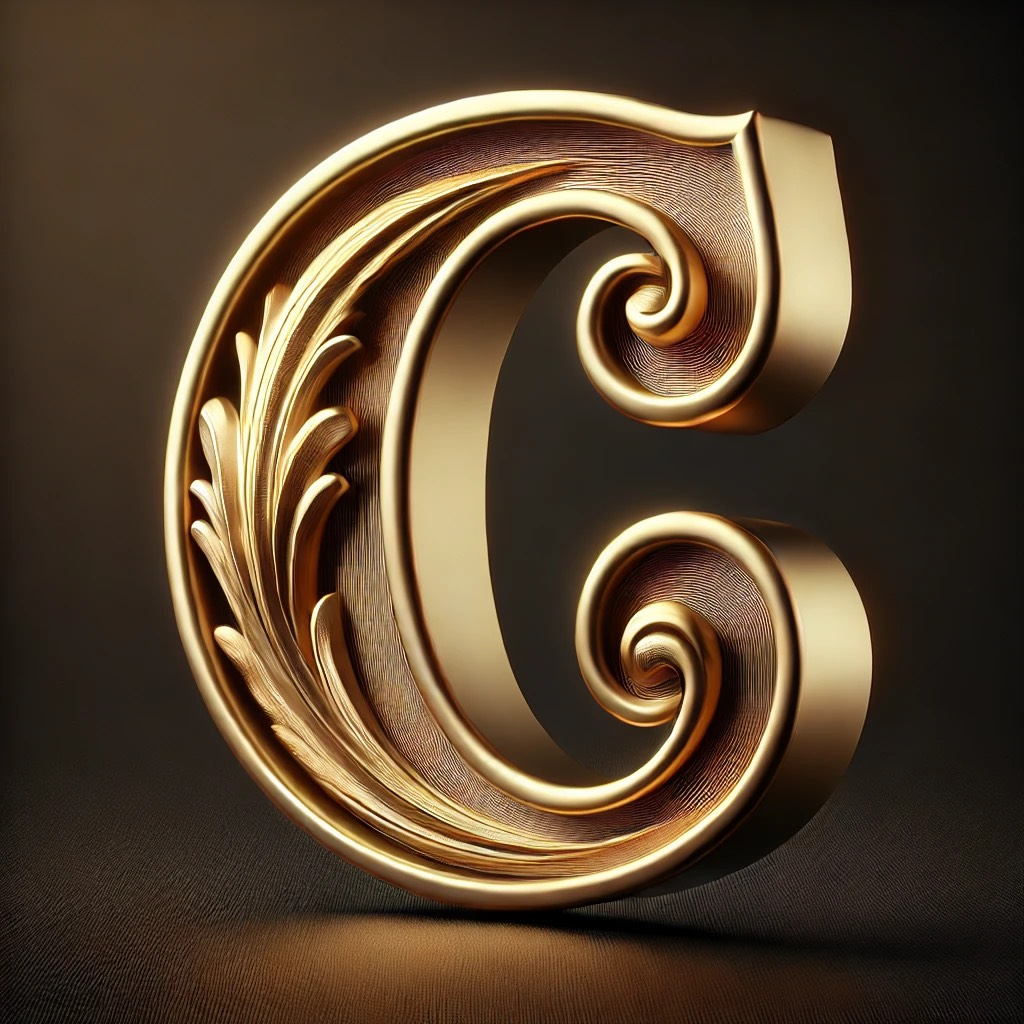
Carpet
Carpet: A Unique Jewel from the Heart of History, for Your Future
A Masterpiece, An Investment, A Timeless Legacy We have come from the heart of ancient civilizations to shape your future. What lies before you is not just a carpet—it is thousands of years of art, culture, and human civilization woven into every thread. Our carpets are not newly created; they have been centuries in the making.
Every knot is a continuation of a journey that began in the empires of antiquity, flourished under the Safavid dynasty, and has been passed down through generations of master artisans. Owning one of these carpets means becoming the custodian of a living history.
A Singular Piece of History, in Your Hands In a world where rarity defines true value, each of these carpets is one of a kind. No two pieces are alike, and each carries a unique story within its intricate patterns. Once sold, they will never be available again. These are not just carpets—they are ambassadors of civilization.
They have journeyed through the courts of Persian kings, adorned palaces, and stood as testaments to the brilliance of Iranian craftsmanship. Now, they stand before you, offering the chance to own an irreplaceable masterpiece. Value That Increases Over Time What makes a Persian carpet a priceless asset?
• A handcrafted work of art, not a mass-produced item.
• A one-of-a-kind masterpiece, not a replicated design.
• An investment that appreciates over time, not a fleeting purchase.
Just as paintings by Da Vinci and Rembrandt gain value with time, authentic Persian carpets are treasures that only grow more valuable with each passing year. An Exclusive Club, for Those Who Understand True Value This collection is reserved for individuals who recognize the depth of art, heritage, and timeless worth. You are not just a buyer—you are a guardian of cultural legacy. Your Last Chance to Own a Historic Masterpiece With each passing day, another one of these masterpieces leaves our collection forever. If you are ready to own a piece of history and secure an asset of lasting value, do not let this moment pass.
In Art-Gulf.com ,This is not just a purchase—this is a choice for eternity. We have come from the heart of ancient civilizations to shape your future.
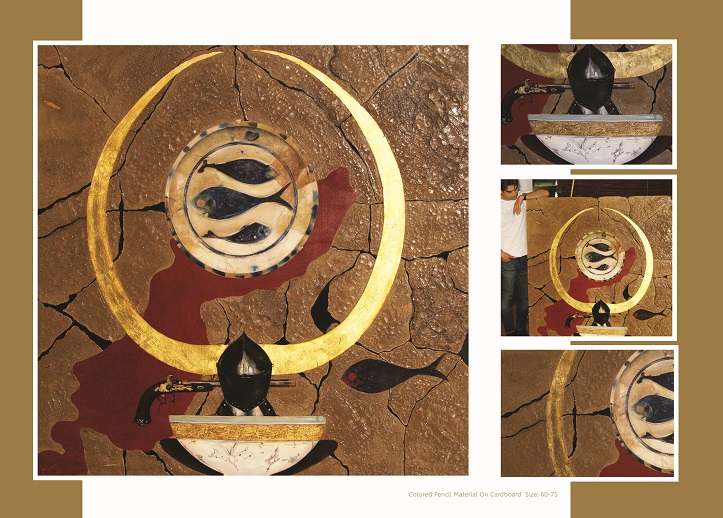
I’ve been Curaturing since 1999
We invite artists, leading galleries, renowned collectors, and investors from around the world to join us on this unique platform—where art reaches its true value.

Master Ahmad Najafi | Painter & Conceptual Artist – From Tehran to the Global Art Scene .Ahmad Najafi is a visionary Iranian artist whose journey in painting and drawing began in his teenage years in Tehran. With a passion that has endured for decades, he has established a unique voice across various artistic styles, including conceptual, abstract, surrealist, and realist expressions. His artworks are crafted using a wide range of techniques and materials — from oil paint, pastels, colored pencils, charcoal, gouache, and gold leaf, to canvases, wood, and traditional Iranian fabrics. Each piece reflects a deep emotional core, a poetic connection between inner experience and outer form. Since 1999, Master Najafi has been actively teaching painting at his private studio, where he has trained and inspired a new generation of art lovers. With great pride, he has introduced numerous students to the world of fine art — not only in Iran but also globally. Through online and virtual classes, he has worked with students from Australia, Canada, the United Kingdom, the United States, Turkey, the United Arab Emirates, Oman, Kuwait, and many other countries. He has also led in-person workshops, including sessions for members of traditional aristocratic families in parts of the Arab world. Najafi’s paintings have been exhibited and acquired by collectors and galleries across the globe. To date, hundreds of his original works — each with its own narrative and spirit — have been purchased or commissioned internationally, and displayed in private galleries in countries such as the UAE, Oman, Qatar, Kuwait, the UK, USA, China, Japan, Australia, Turkey, Russia, Italy, Spain, and beyond. His pieces are admired not only for their aesthetic beauty but also as collectible investments cherished by art enthusiasts and professional collectors alike. We have come from the heart of ancient civilizations into your future — and Master Ahmad Najafi is one of the most inspiring ambassadors of this journey.
Ahmad Najafi

“In this fleeting world, no ownership is permanent; the opportunity to enjoy these unique treasures has passed through us, and now it’s your turn to possess, see, touch, and share these valuable works of art with future generations.”
Jessica Simon
international bussiness Art Gulf
Master Rasoulian | Master of Wood Inlay (Moarraq) and Relief Carving – From Timeless Roots to Global Masterpieces Master Rasoulian, born in Iran, comes from a family deeply rooted in the traditions of art. Raised in a household where handwoven carpets were the family’s heritage and the melodies of traditional music and vocals filled the air, his passion for art was nurtured from an early age. He became intimately familiar with every stage of handmade carpet production and developed exceptional skill in the various aspects of this craft. This profound connection to traditional arts led him to pursue formal education in the field of handicrafts. In 2005, he graduated from a technical art school and later earned a Bachelor’s degree in Carpet Design, deepening both his academic and artistic understanding. His exposure to the complex geometry of carpet patterns and classical painting aesthetics naturally drew him toward the world of wood inlay (Moarraq) and relief carving (Monabbat). Since then, Master Rasoulian has created hundreds of remarkable works—ranging from wood inlay panels and intricately carved furniture to luxurious ornamental tables. Each of his pieces is a unique fusion of tradition, personal expression, and refined technique. His masterpieces have been proudly exported to countries including the United Arab Emirates, Kuwait, Qatar, the United Kingdom, the United States, and many others, and have found homes in private galleries and prestigious collections around the world. nHis art serves as a bridge between a glorious past and a creative future in global artistry—works that not only breathe life into wood but poetically express beauty, harmony, and the enduring spirit of humanity across civilizations and cultures. We have come from the heart of ancient civilizations to shape your future — and Master Rasoulian is one of the lasting voices of this timeless journey.
Master Rasoulian
international bussiness Art Gulf
Master Hossein Bishe’i | Violins That Speak, Not Just Sound
Born in Tehran—a city where sound lives in the very fabric of life—Master Hossein Bishe’i has devoted over three decades to the pursuit of pure musical form. Beginning his journey in 1986 with the crafting of the santur, he later explored the tar, and since 2003, he has fully dedicated his craft to the violin—a Western instrument reborn in his hands as an object of both sound and art. Each of his instruments is entirely handcrafted. From carefully selected woods to acoustically refined details, Bishe’i creates master-built violins—pieces that rival the quality found in only a handful of workshops worldwide. His works have transcended borders. Violins by Hossein Bishe’i have reached discerning musicians and collectors in the United Arab Emirates, Qatar, Kuwait, Spain, Italy, the United Kingdom, Canada, the United States, and beyond. Today, his instruments are played across five continents, each carrying a unique voice—an audible signature of the artist who shaped it. For Master Bishe’i, the violin is not merely a tool, but a vessel of spirit. His craft is a dialogue with wood—a transformation of once-living trees into vessels of eternal sound. These are not just instruments. They are artworks. They are voices. And every time one of his violins is played, it echoes not just a note, but a promise: “We have come from the heart of ancient civilizations to your future.”
Master Hossein Bishe
international bussiness Art Gulf
see you soon
milad
international bussiness Art Gulf
Yashar Malfouzi My name is Yashar Malfouzi (1978) and I was born in Tabriz, Iran, into a family who were fully engaged in the business of production and distribution of handmade carpets and rugs, for 4 generations. I was very interested in carpet art from the very beginning of my childhood, and at the age of 12, I got my Master Status in carpet weaving; and learned all the weaving, repairing and even dyeing processes. At the age of 15, I began to make embossed and 3D patterns on carpets and rugs, using self-taught techniques. To further advance my learning, knowledge and techniques, I entered the university in year 2011, and was able to graduate with honours, in only 6 semesters, from Art University, with Carpet Designing Art degree. Afterwards, to continue my education and to enrich my knowledge, I started a master's degree in Arts History, which I finished with honours and I received the Art Degree of the State. My works has also been ranked first in: Festival of Creativity and Innovation of Islamic work, Rashidi Festival, Top Carpet Festival of Tabriz (two years in a row). In the last 25 years, I have commercialised 30,000 carpets and rugs and since the year 2011, I have started to submit my unique artistic rugs to various part of the world. I should point out that my works are completely hand-crafted in a traditional way, and each work has its own unique meaning, which has been embedded on the embossed pattern of the rugs. These rugs have decorative purpose and are mounted on the wall. These embossed rugs with 3D surface pattern, have been sent to the US, Canada, Switzerland, Japan, Qatar, Kuwait, the United Arab Emirates, Germany and several other countries.
Yashar Malfouzi


